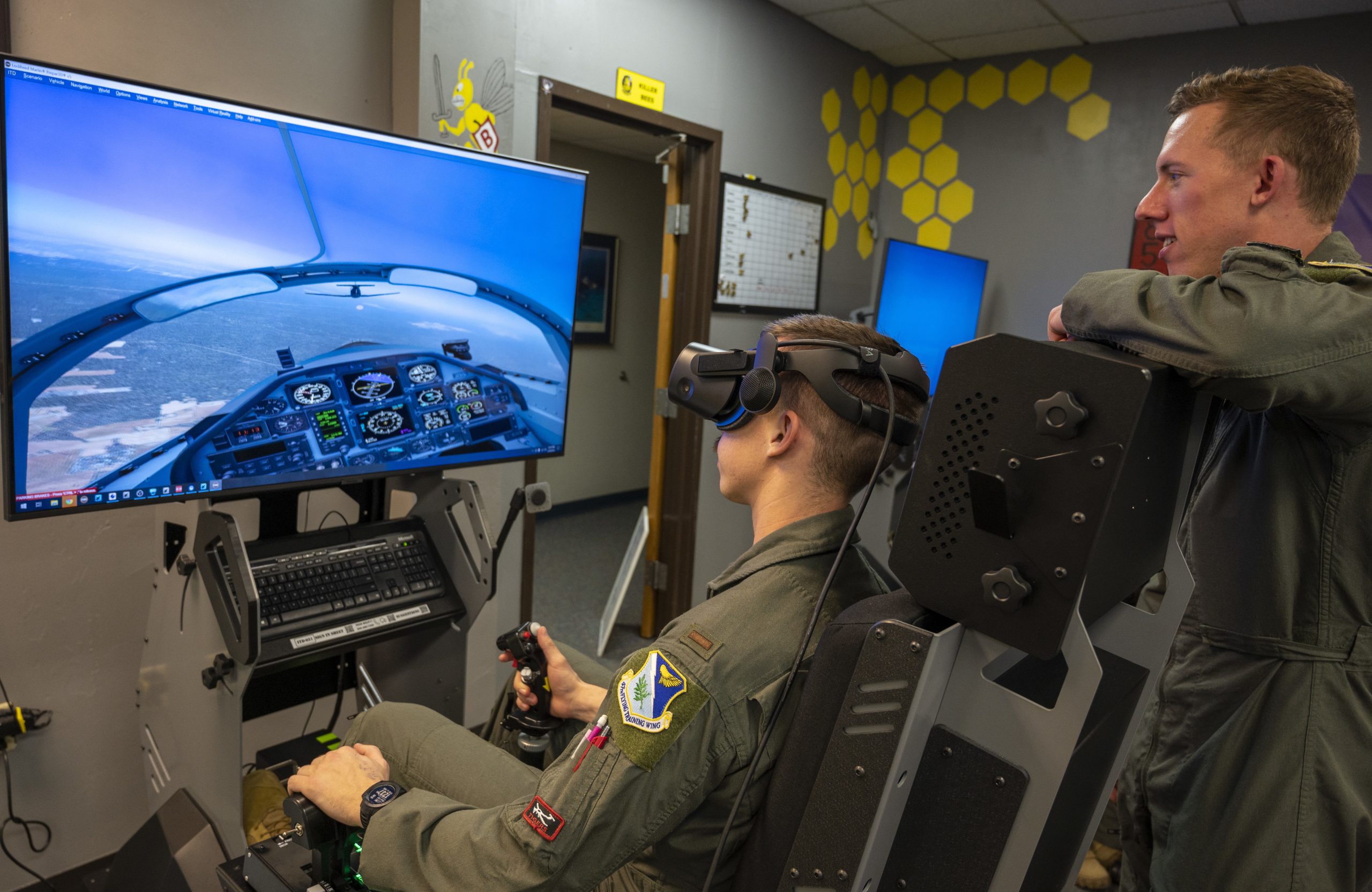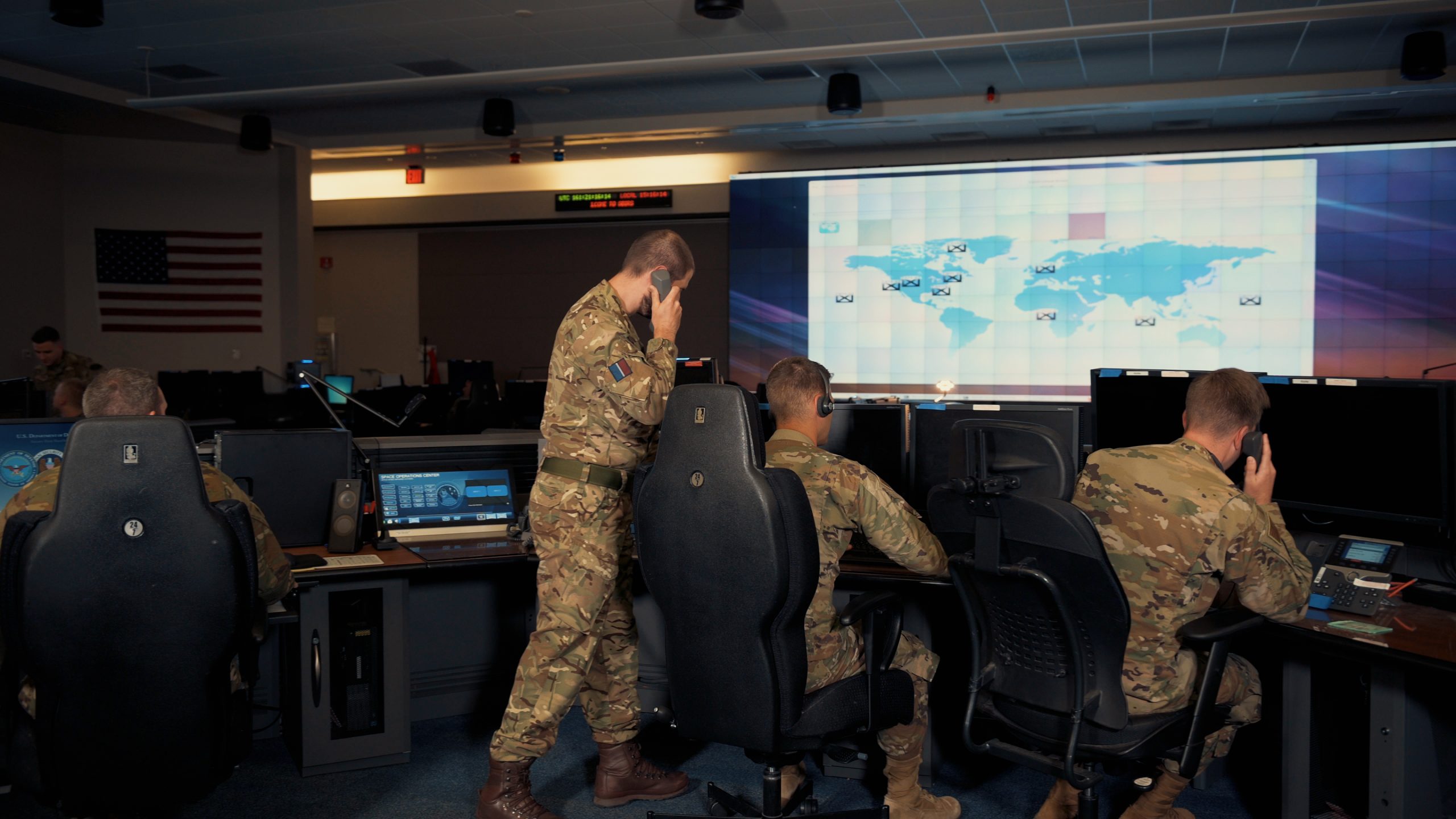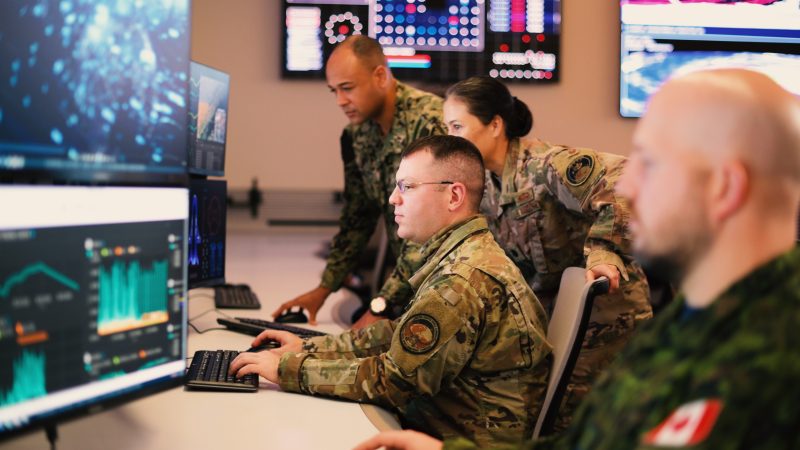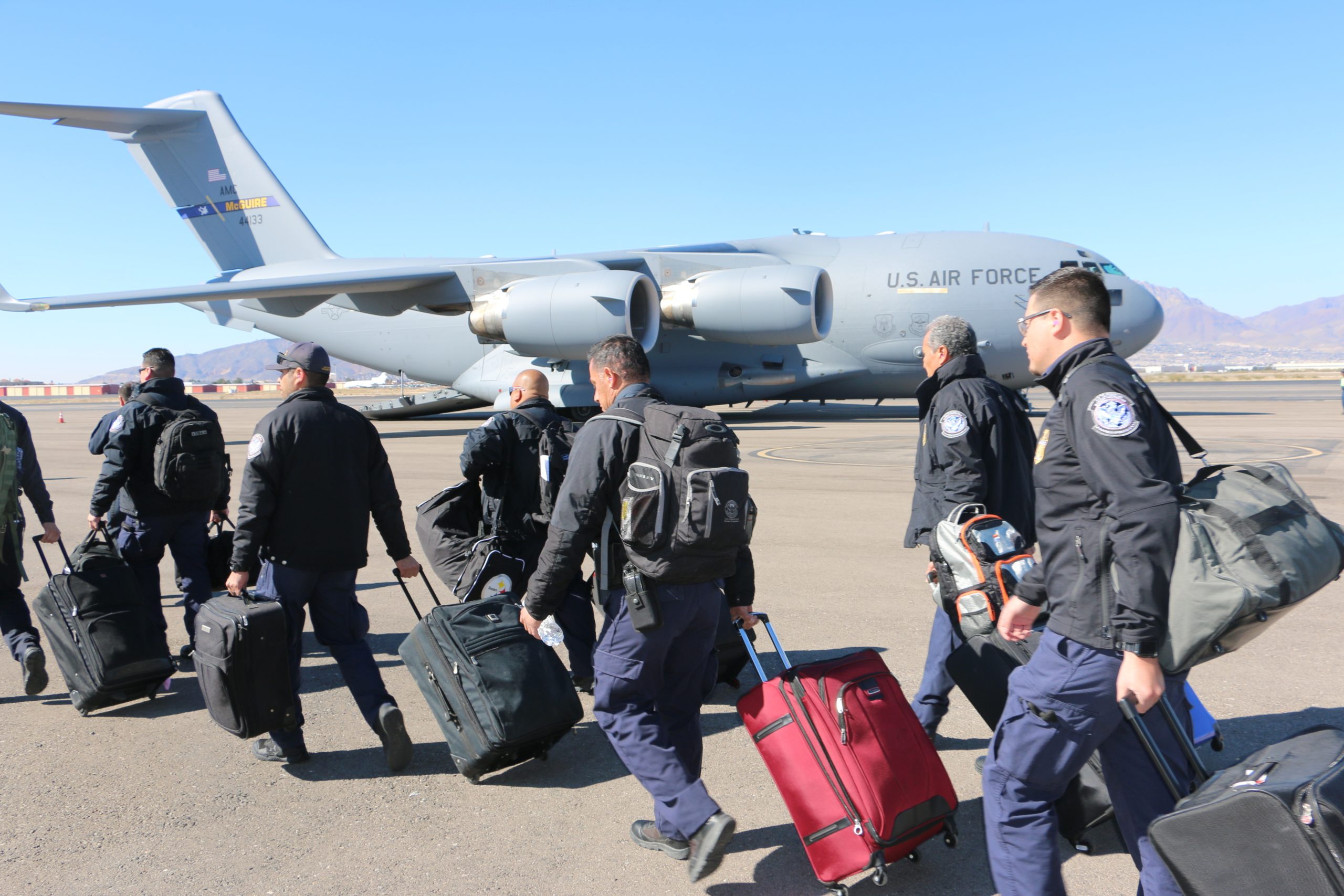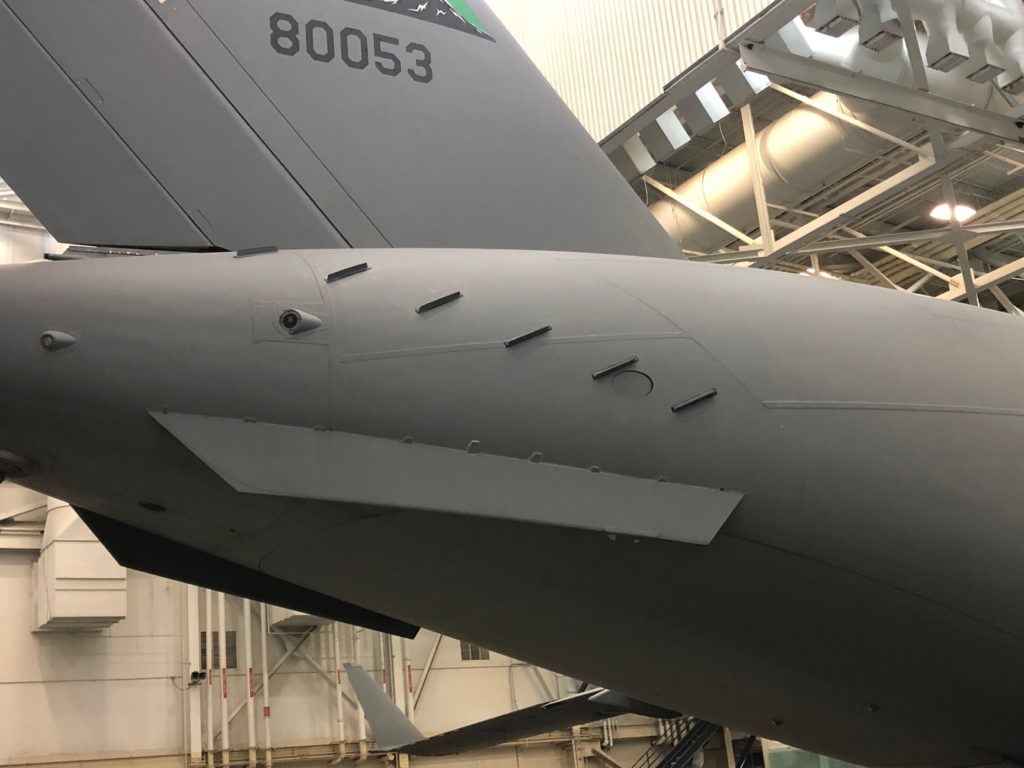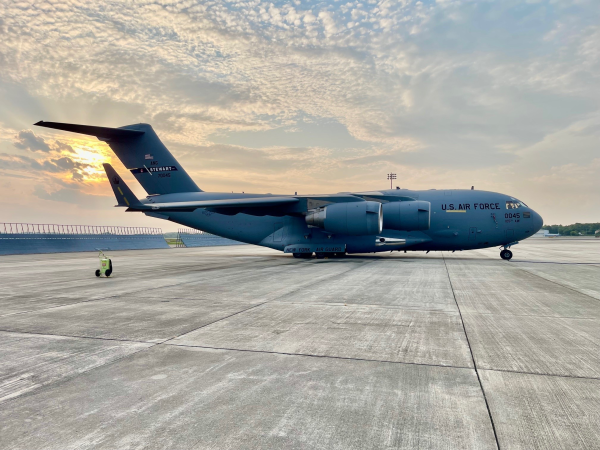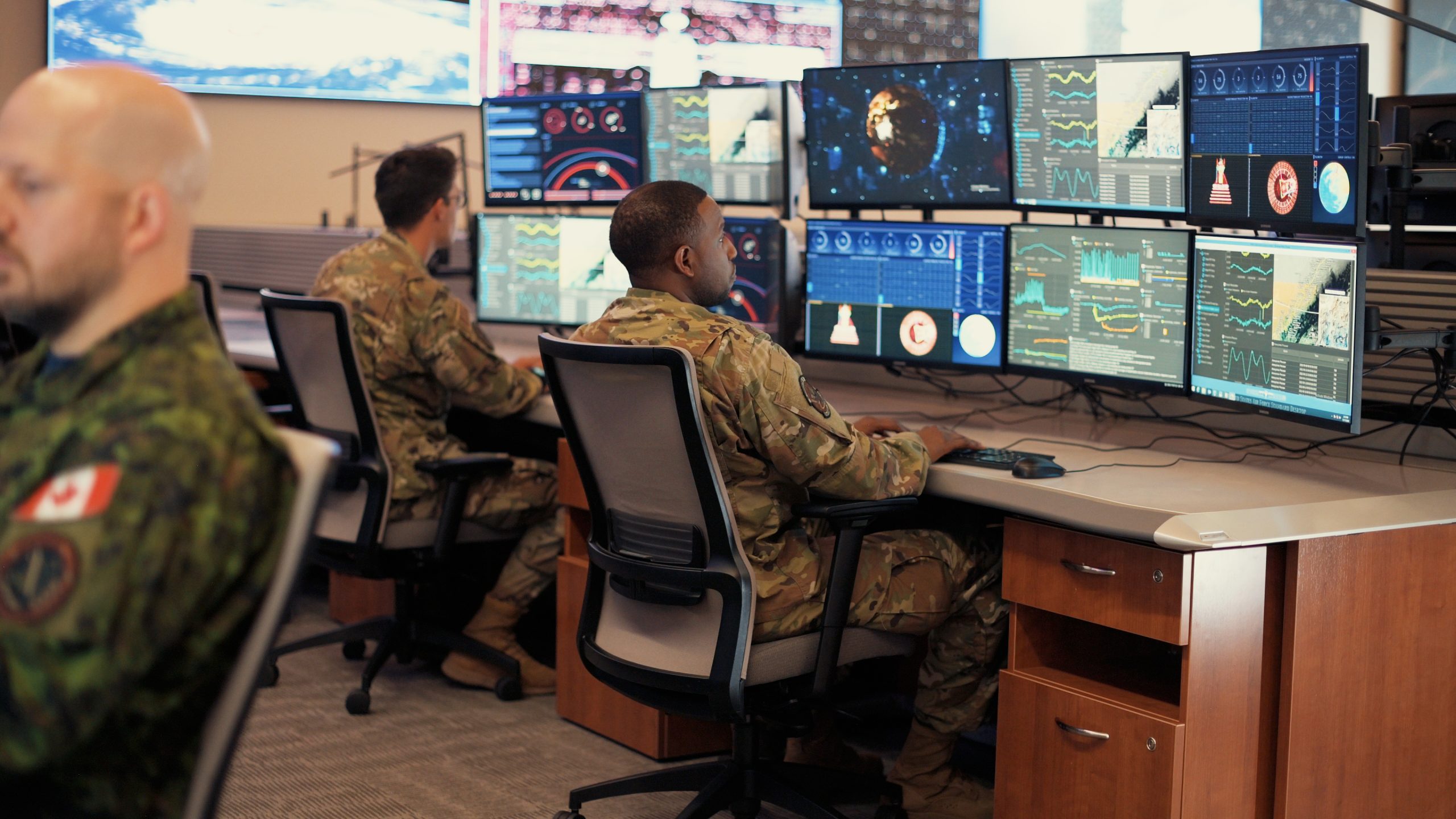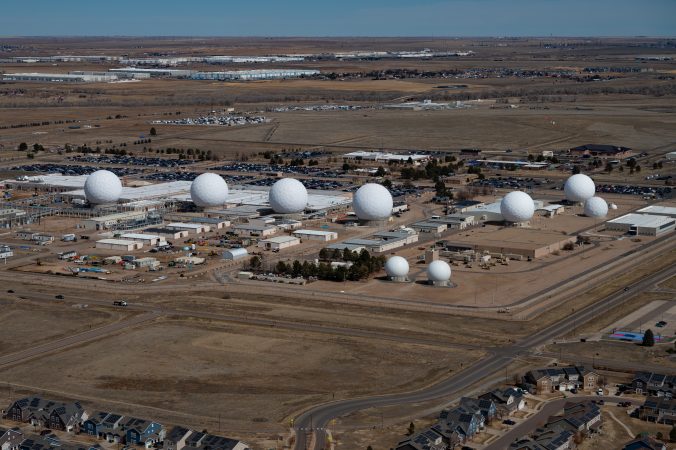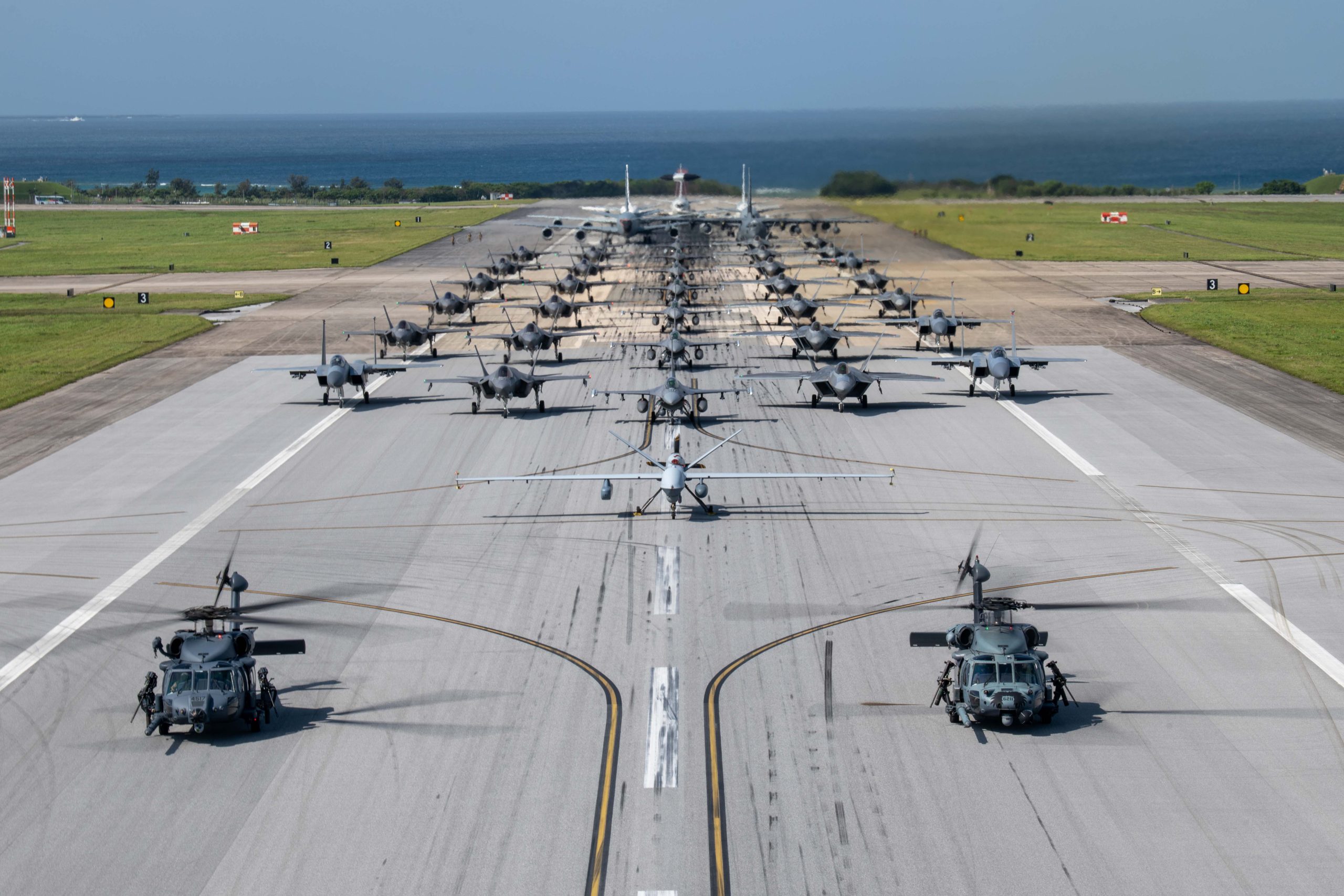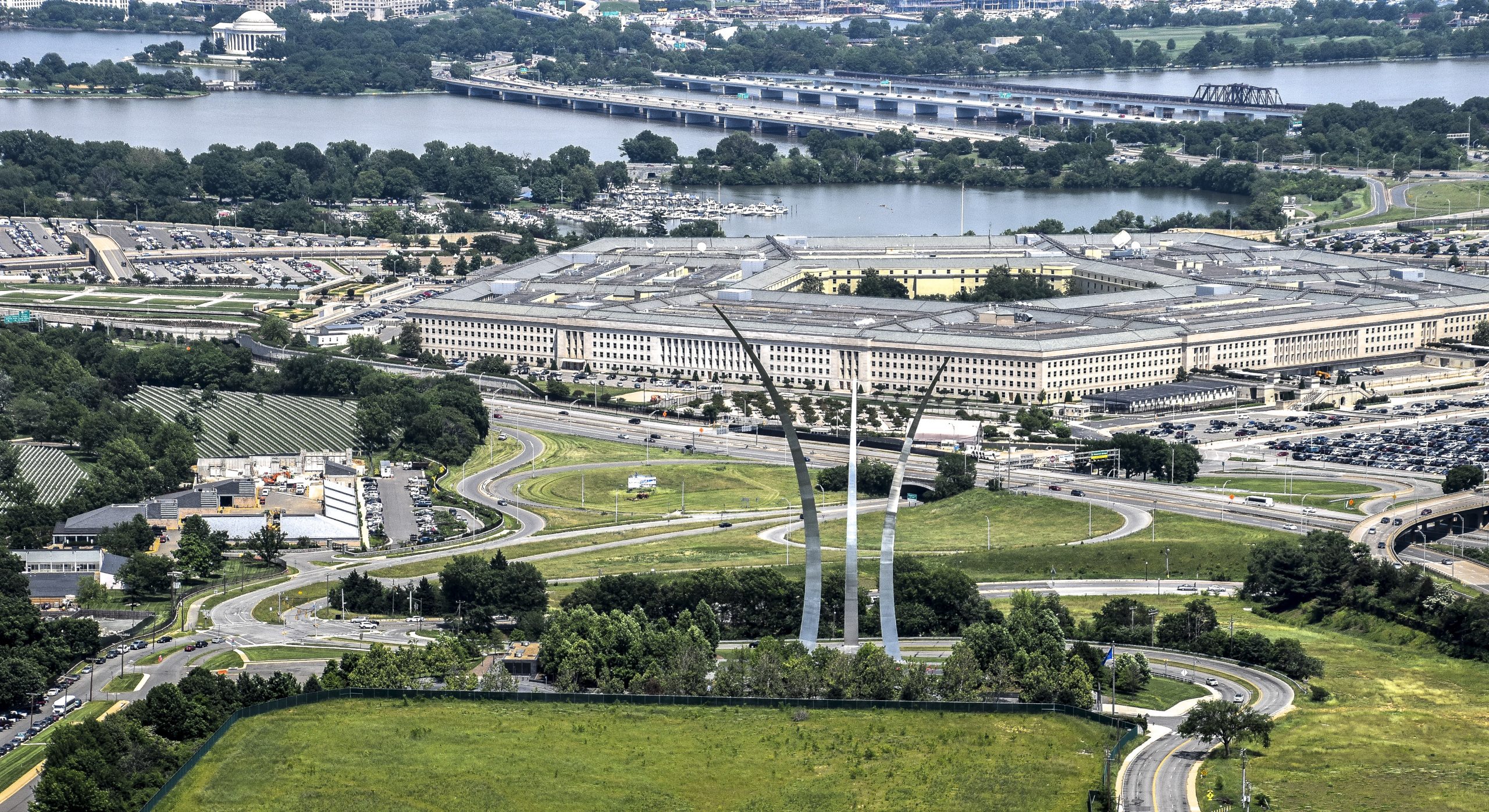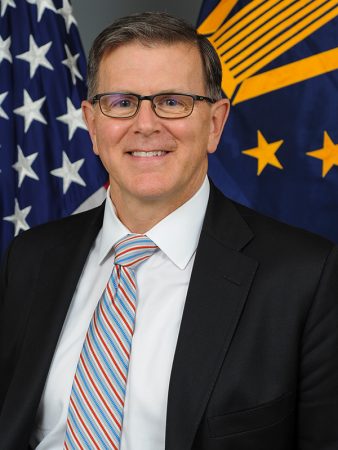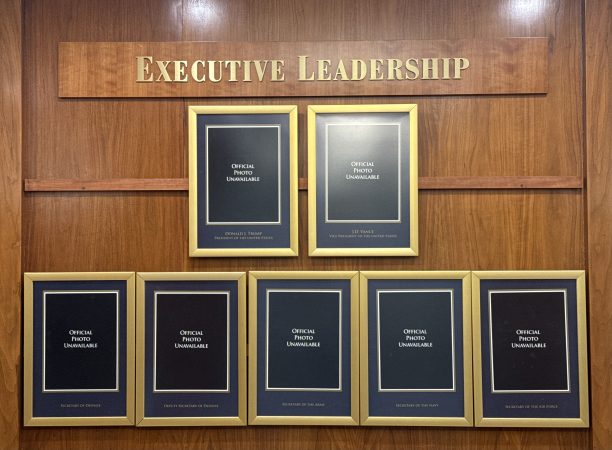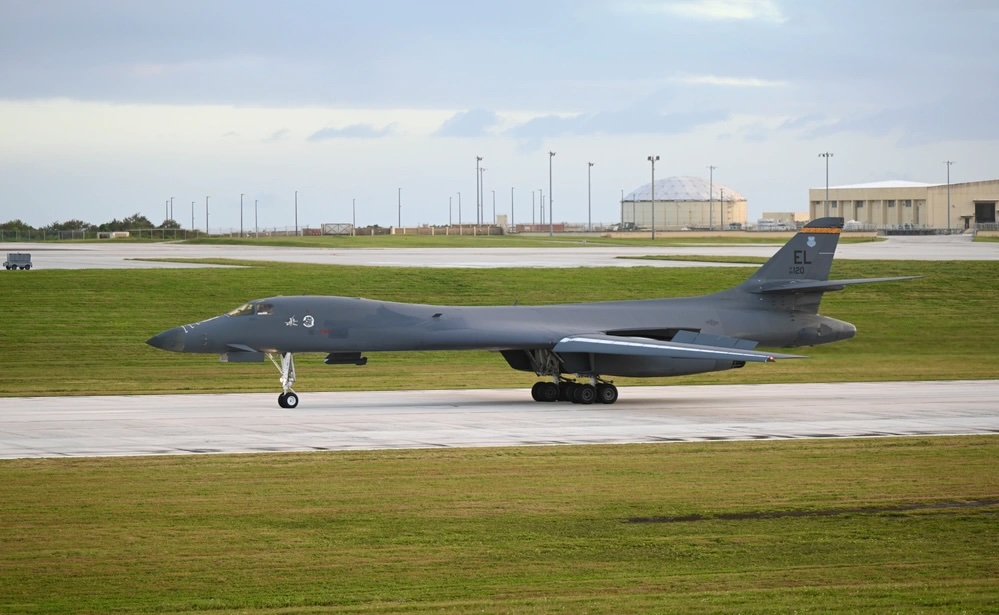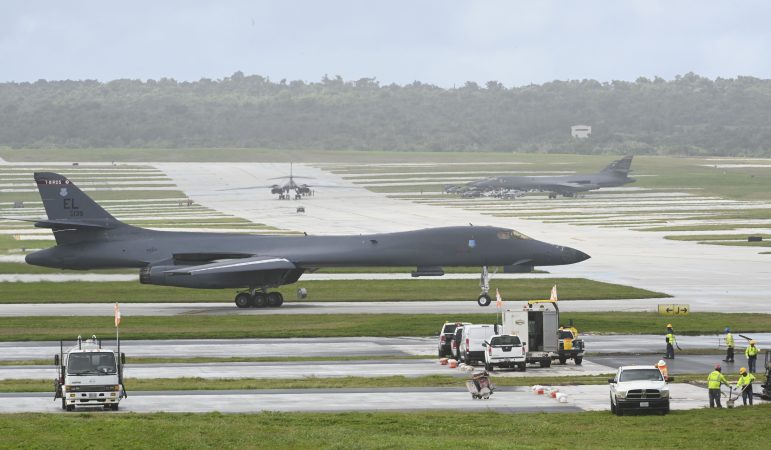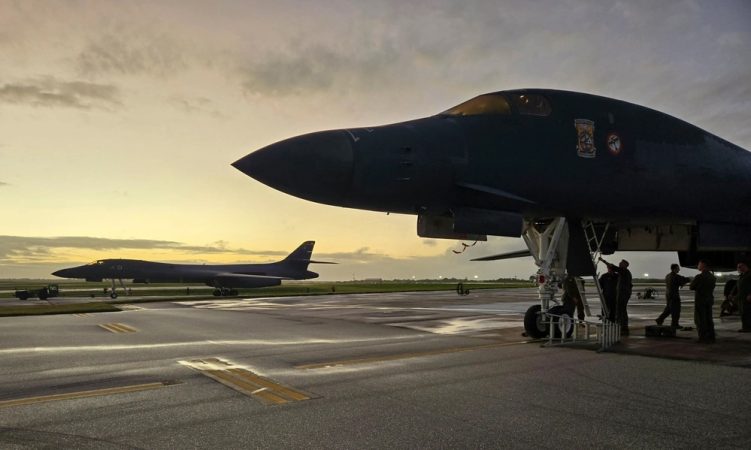Fixing the Air Force’s chronic combat pilot shortage will require more aircraft in the fleet, more flying hours to squadron operations, and retaining more pilots within Reserve components, according to a new paper from AFA’s Mitchell Institute for Aerospace Studies.
“If we don’t have experienced fighter pilots, we risk the outcome not just of the mission, but the entire operation, or even the war,” said Heather Penney, senior resident fellow at Mitchell and author of the report.
Experience is particularly important for the pilot shortage given the time it takes to develop a seasoned pilot and the urgency of great power competition.
At a virtual rollout to discuss the paper, Penney noted that it takes 250 flying hours and 60 simulator sorties to “grow” a qualified F-35 flight leader, and that pilot has already had more than a year of basic flight instruction. All told, it takes five years to train a combat pilot.
“But we can’t wait five years,” she said. “We must build the ‘fight tonight’ force with enough strategic depth to successfully sustain combat operations. … We are out of time, and we must have a sense of urgency, because if we don’t, we risk losing.”
The combat pilot shortfall has persisted and grown for more than 20 years. In 2006, the Air Force was short 200 fighter pilots, Penney said. That deficit grew to 1,000 fighter pilots by 2017 and now stands at 1,150 fighter pilots.
Those missing pilots mean there are fewer instructors available in frontline squadrons to help mature new aviators, and fewer experienced combat advisors that can be detailed to the staffs of combatant commanders, further degrading the overall force’s capability. Many studies have shown that more experienced pilots have a far better survival rate in combat, meaning less attrition in wartime of aviators and aircraft, Penney noted.
A major part of the Air Force’s problem, she said, is that there are not enough aircraft available for combat pilots to train on. Simulators are helpful and allow rehearsals of techniques that the Air Force doesn’t want to expose in open flight, but there also aren’t enough simulators to provide the necessary experience, and they are not yet good enough to season pilots in the basics of operating around airfields, in weather, and in dealing with the unexpected.
The Air Force is seeing low numbers in its Ready Aircrew Program, which gauges whether a squadron is qualified to go to war, she said. The RAP looks at on numbers of pilots in a squadron, the ratio of experienced to inexperienced pilots, the number of simulators available, and the number of flying hours and sorties the unit can generate per month. Fewer experienced pilots and less of everything else mean delays in upgrading junior aviators.
Retired Lt. Gen. Joseph Guastella, former deputy chief of staff for operations, said he is worried that the U.S. is losing its long-standing advantages of superior aircraft and more experienced pilots.
“Boy, are we in a world of hurt right now,” Guastella said. “Our advantage … against China is greatly diminished. They’re at peer levels with us, in some cases out-reaching us with some of their ordinance. And then, how is our experience ratio? When I hear Chinese fifth-generation pilots are flying many more sorties per month than we are, I’m absolutely astonished that we’ve gotten to this state, and so, experience matters. We’ve learned it in lower end combat of the last 20 years. Certainly we’ve learned it in the big wars of the past, but I don’t want to learn it again the hard way in a full-on campaign.”
The decline in pilot production has tracked the decline in airframes and the degradation of mission capable rates, a product of reduced spending on spares and weapon system sustainment, Penney said. Recapitalizing aircraft “on a one-for-one basis” is necessary to provide enough cockpits for sustainable pilot production, she said. If there aren’t going to be enough F-35s bought per year, then the Air Force should consider buying new versions of the F-16 and or more F-15EXs, she said.
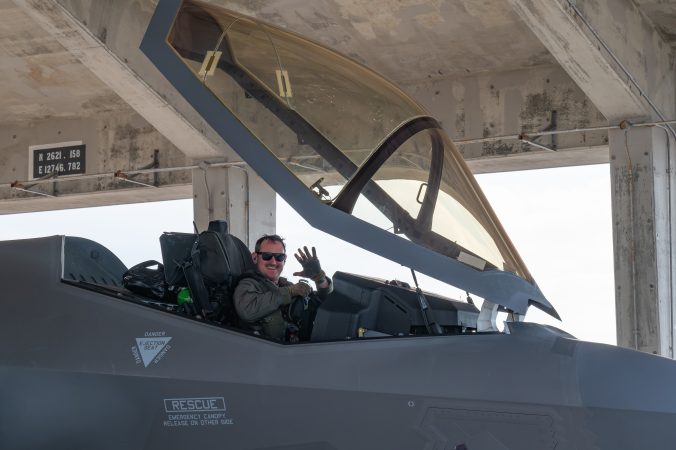
In order to sustain the experience levels the Air Force has—and have enough seasoned pilots to train younger aviators—the Air Force should also “preserve and grow the number of Reserve Component fighter squadrons and increase the number of fighters assigned,” Penney said. Because of a lack of airframes, though, some units are at risk of being shut down and replaced with non-flying missions.
The Air Force should reverse that course, she said, and ensure that the Reserve component has the same aircraft flown by the Active duty force, which would also allow younger, greener pilots to team with well-seasoned Guard and Reserve pilots and gain experience.
Retired Lt. Gen. Mark Sasseville, former vice chief of the National Guard Bureau, said the Air Force should try harder to retain, on a part-time basis, the pilot experience that is increasingly leaving the force to pursue more lucrative work with the airlines.
The Guard and Reserve have been used more operationally than as a Reserve force in the last decades, Sasseville said, but many pilots like himself wanted to “leave the Active component just to slow down their tempo for their families and still contribute.”
Being a Reserve fighter pilot while maintaining an airline pilot job could be “the best of both worlds,” he said, allowing him to “keep his skills sharp” without an inordinate amount of “repetition” flying on basics.
The Air Force should accept “the reality that we’re not going to be able to compete” with the airlines in terms of compensation or disruption of family life.
“We have to have an approach that accommodates both needs in this fight for human talent,” he said, noting that several years ago the Air Force “took a stab at trying to work with some airlines to figure out how to do that exactly. How do we share the resource?”
Doing so would not only keep the raw number of pilots higher, it would also enhance the Total Force’s experience.
“I think that that’s something that we need to look at quite rigorously in order to augment what we’re talking about here, which is, keeping experience in the Reserve component,” Sasseville said.
The paper also recommends the Air Force ensure its combat simulators are plugged into the Joint Simulation Environment, and that pilot at all squadrons can connect with it and train with it daily. This will ensure that pilots can practice high-end threat scenarios that USAF’s ranges either can’t simulate or which shouldn’t be exposed in live flight.
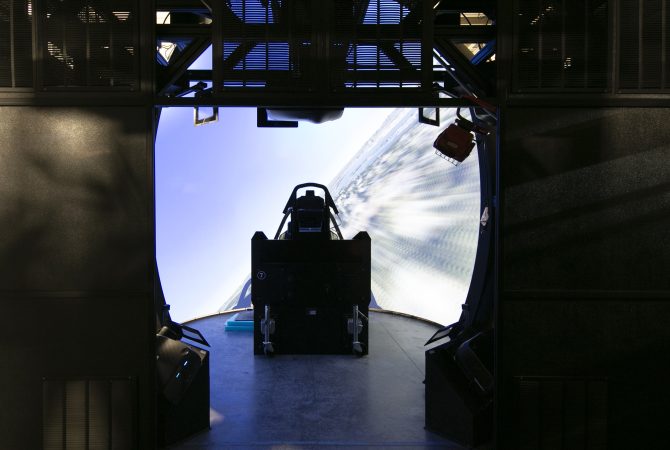
“Pilots need experience in scenarios that stress their abilities within the safety of simulation so they can expand their skillsets and strengthen their cognition,” Penney said.
Both Air Combat Command and Air Education and Training Command have taken steps to address the speed of pilot training in the last three years, but so far, these haven’t produced the increase in numbers the Air Force is looking for.
“I think the service definitely understands the number of pilots they need to produce,” Penney said. “The Air Force has been fiscally constrained for 30 years, so they’ve rightfully tried to prioritize their combat systems, which means they’ve had to take risk in the pilot training enterprise.” Innovative approaches show “they’re doing everything they can to produce as many pilots as they can” at the necessary quality, she said.
“The challenge is, that even if those even if those investments and those innovations are perfect and can meet the number necessary … you have to train them through the fighter units. You have to be able to then absorb and experience them in the operational squadrons,” Penney said.
The answer, Penney argued, is retaining existing experience—and that comes down to force size.
“I think ultimately, it all comes down to, the Air Force has gotten too small for everything that our nation is asking of it, and the only way to be able to retain pilots across the total force is to grow combat capacity; provide them the training and the readiness” that will allow pilots to do the flying they joined to do, “so that they can get more events … and we’re not burning them out.”
The “only way to fix the force,” she said, “is to grow.”
